The Tribulation Saints Revelation 7:1–17
Revelation chapter 7 opens with the phrase, “And after these things” (v. 1), indicating that John was about to receive a new vision. This vision is an interlude between the sixth and seventh seals and does not advance the chronology of Revelation. The interlude could easily be omitted without any interruption in the progression of the seals being opened, but inclusion of this chapter is extremely important. It provides details surrounding the sealing of Jewish believers, as well as the salvation, slaughter, and heavenly service of Gentile believers mentioned in the fifth seal (6:9–11).
Preparation Before Sealing
Before the sealing of Jewish believers, John saw “four angels” positioned on the “four corners [major points on the compass] of the earth” (v. 1). They were sent to restrain the “four winds” (agents of God’s judgment) struggling to blow their destructive fury over the earth (v. 1).
John beheld a fifth “angel ascending from the east, having the seal of the living God” (v. 2). Scholars have tried to identify this angel as Christ, the Holy Spirit, an archangel, or some specially prepared messenger from God. Such views are highly speculative, having no scriptural foundation. He is simply “another” (v. 2) of the same kind of angel, distinguished from the other four only by his exalted mission to seal the 144,000 Jewish men.
The fifth angel commanded the other four angels in a loud voice, “Hurt not the earth, neither the sea, nor the trees, till we have sealed the servants of our God in their foreheads” (v. 3). The angel’s loud cry indicated the importance and urgency of his command to hold back judgment until the servants of God were sealed. The seal is the name of God the Father written on their foreheads (14:1). No reason is provided for this sealing. Most likely it is to protect them from death by the Antichrist’s persecution and natural disaster during the Great Tribulation. This is validated by their appearance with Christ on Mount Zion after His return to earth (14:1).
People Sealed
John recorded the number sealed as “an hundred and forty and four thousand of all the tribes of the children of Israel” (v. 4). John did not see the sealing, but “heard” (v. 4) that the number was 144,000 (12,000 from each tribe of Israel), which should be interpreted literally. This has no reference to a spiritual Israel represented by the church or a superspiritual group of individuals who will be guaranteed a place in heaven because of their faithful service to God on earth. The term Israel must refer to the physical descendants of Abraham, Isaac, and Jacob. The fact that the 12 tribes are singled out during the Tribulation indicates that this is speaking of a literal, physical Israel. Although there are 12 tribes listed in verses 5 through 8, some substitutions have been made. For example, Dan is eliminated and Levi is added to the list, while Ephraim is replaced by Joseph. Many reasons have been given for the substitutions, but space will not allow investigation of the various positions in this article. However, most scholars believe that Dan and Ephraim were omitted because of their continual promotion of idolatry in Israel (1 Ki. 12:28–30). Later it will be shown that God will use the 144,000 Jewish believers to preach throughout the world during the Tribulation. For this reason, many scholars believe God has chosen to substitute the idolatrous tribes of Dan and Ephraim with Levi and Joseph.
Some have asked how the identity of the 12 tribes can be confirmed, since the genealogical records were destroyed when the Romans invaded Jerusalem in 70 A.D. While it is true that mankind is unable to identity who belongs to which tribes, God knows, and He is responsible for this sealing.
Persecution of the Saints
The words “After this” used again in verse 9 indicate that John received a second vision in chapter 7. He saw a “great multitude, which no man could number, of all nations, and kindreds, and peoples, and tongues… before the throne, and before the Lamb” (v. 9). Who is this multitude of people? They are not the 144,000 mentioned earlier. The first group is exclusively Jewish, whereas this new multitude is a mixture of Gentile and Jewish believers. This group is a vast multitude that became believers during the Tribulation, many of whom died violent deaths.
How did they become believers? It could not have been through the witness of the church. There is no indication that the church is on earth during the seven-year period of the Tribulation. In fact, one of the “elders” (v. 13), representing the church in heaven, asked, “Who are these who are arrayed in white robes? And from where did they come?” (v. 13). Scripture makes it clear that the “gospel of the kingdom shall be preached in all the world for a witness unto all nations; and then shall the end come” (Mt. 24:14). This preaching is not done during the church age but in the seven-year Tribulation period (Mt. 24:21). These people heard the message in one of three ways. First, God’s two witnesses “shall prophesy a thousand two hundred and threescore days [during the first three and one-half years of the Tribulation]” (11:3). Second, an angel “having the everlasting gospel to preach unto them that dwell on the earth, and to every nation, and kindred, and tongue, and people” (14:6) will fly above the earth proclaiming his message. Third, it is possible that the “sheep people” (saved Gentiles), who come to the Lord during the Tribulation, will do so through the witness of Jewish people (the 144,000) who are scattered worldwide because of persecution by the Antichrist. These saved Gentiles will have housed, clothed, fed, visited in prison, and provided medical care to the Lord’s brethren (Jews) during the Tribulation (Mt. 25:31, 35–40) and will have heard of their salvation.
The elder answered his own question: “These are they who came out of the great tribulation [continually keep coming out], and have washed their robes, and made them white in the blood of the Lamb” (v. 14). They became believers in Christ and were made spiritually pure through His blood.
As shown above, a great multitude of those who come to the Lord will be martyred for their faith during the Great Tribulation. First, they are pictured standing “before the throne, and before the Lamb” (v. 9) in heaven. Second, their attire provides information about their status. They are “clothed with white robes” (v. 9), the attire of the redeemed, symbolic of the righteousness and holiness of God. Third, they are holding “palms in their hands” (v. 9), symbolic of peace, joy, and victory. Fourth, they will sing the song of salvation, “saying, Salvation to our God who sitteth upon the throne, and unto the Lamb” (v. 10). The song of salvation indicates deliverance from sin through the blood of the Lamb for those who do not accept the mark of the beast or worship his image (14:9–12) during the Tribulation.
The phrase “cried with a loud voice” (v. 10) means these believers continually cried, without stopping, praising the Father and the Son for the great salvation they had experienced. This prompted “the angels… round about the throne” (v. 11) to fall on their faces before God and worship Him. Although the angels do not experience salvation, they desire to know about it (1 Pet. 1:12) and rejoice over one sinner who repents (Lk. 15:10). Once again they offered up a sevenfold doxology, similar to the one expressed earlier: “Blessing, and glory, and wisdom, and thanksgiving, and honor, and power, and might be unto our God forever and ever. Amen” (v. 12; cp. 5:12).
Let us return to the elder’s question: “Who are these who are arrayed in white robes? And from where did they come?” (v. 13). John answered, “Sir, thou knowest” (v. 14). In other words, John informed the elder that he could not identify the group. It may seem strange that John could not identify them, but upon reflection, it is not difficult to understand his lack of insight. The location of the group is in heaven, making its identification difficult. John was projected into the time of the Great Tribulation, of which he had little or no understanding. The number of people was vast, making discernment among them impossible. Their different racial and national backgrounds must have been confusing to the apostle. Any or all of these reasons could have prevented John from identifying these people.
Apparently John needed more information concerning the elder’s question. The elder responded by answering, “These are they who came out of the great tribulation, and have washed their robes, and made them white in the blood of the Lamb” (v. 14). They were martyred for their faith during the Great Tribulation.
Perpetual Service
The Tribulation saints are pictured standing before “the throne of God and serv[ing] him day and night in his temple” (v. 15). The type of service they offer is not indicated, but the word serve means to perform worshipful service. Thus, they perform a priestly service connected with offering prayer and praise to God. Their service is carried out continually in the Temple of God, “day and night” (v. 15). Because heaven has no day or night, some interpret this as a reference to the Millennial Temple (Ezek. 40–44) on earth during the Kingdom age. This is a weak interpretation, offering no textual proof. The phrase day and night is an idiomatic expression used to indicate that they continually serve in God’s Temple without the physical limitations experienced by priests on earth.
These saints enjoy three provisions from God. First, they receive protection from the Lord: “he that sitteth on the throne shall dwell among them” (v. 15). The protection and fellowship are in contrast to what they experienced during the Great Tribulation. Second, earthly privation is replaced with heavenly provision: “They shall hunger no more, neither thirst any more; neither shall the sun light on them, nor any heat” (v. 16). The privations they were forced to endure during the Great Tribulation will be eliminated (cp. Mt. 25:42–43). “The Lamb who is in the midst of the throne shall feed them, and shall lead them unto living fountains of waters” (v. 17). Christ, who is standing in the midst of the throne (between God the Father and the saints), will shepherd these saints in heaven, supplying and satisfying all their spiritual needs. Third, past sorrows will be replaced with eternal serenity: “and God shall wipe away all tears from their eyes” (v. 17). There is no hint that this refers to sorrow in heaven over the loss of opportunity to serve the Lord on earth. These tears will be shed by the saints who suffered trials and tribulation for the sake of their faith in Christ during the Great Tribulation. There will be no tears for the saints in eternity (21:4).
Many will succumb to the deluded lies of the Antichrist and give him total allegiance during the Tribulation. At the same time, one of the greatest revivals in history will ensue when multitudes of Jews and Gentiles throughout the world receive Christ.
This chapter will be of great comfort to the Tribulation saints at that time. They will know that their struggles against the satanic onslaughts of the Antichrist will be replaced by the Shepherd of their souls, who will wipe away every tear of sorrow and meet all their spiritual needs. What a picture of God’s divine grace and mercy in the midst of His wrath and judgment!
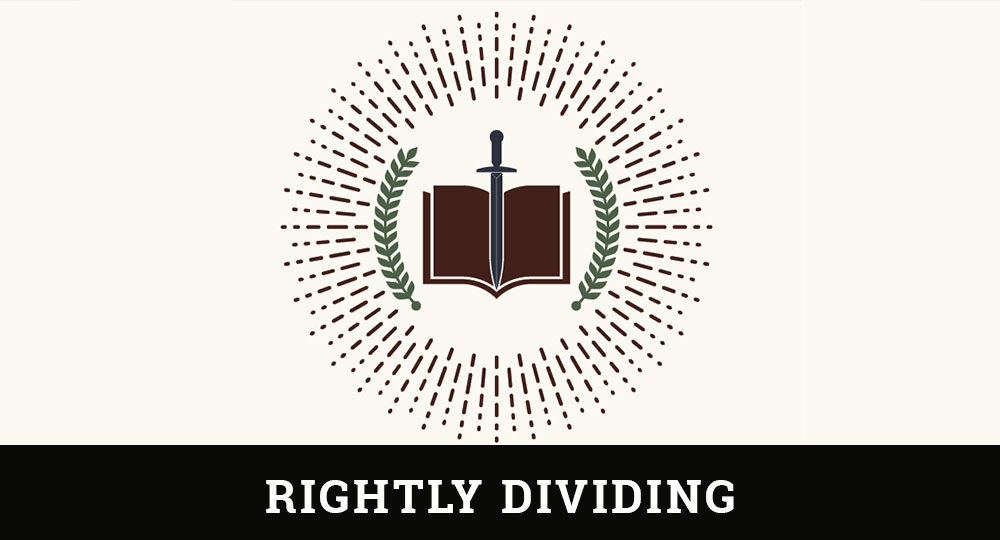


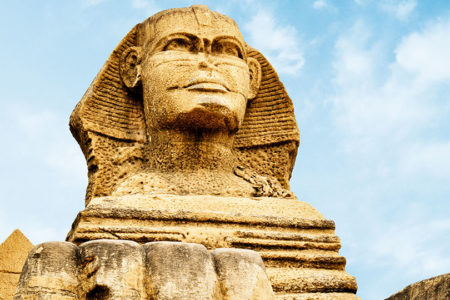

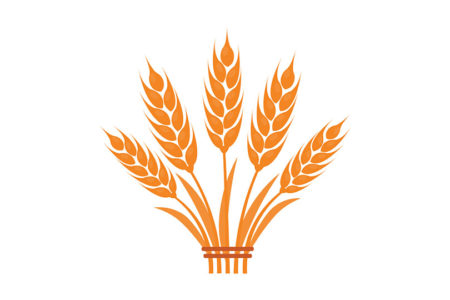
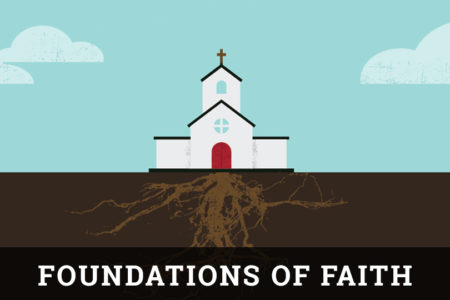
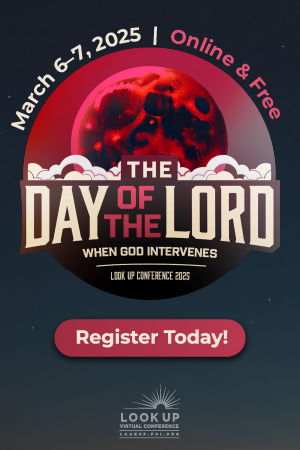
Amen great work – those who teach we are the Tribulation Saints ( or similar) saddens me. We are not appointed to wrath we will be raptured.
 =
= 


The Tribulation Saints are different than us in Heaven also ? They are their own group not part of the church- correct?
Thanks JP <
Are tribulation saints tears different than the Bride of Christ’s tears?
Are your notes on the rest of Revelation on the web?